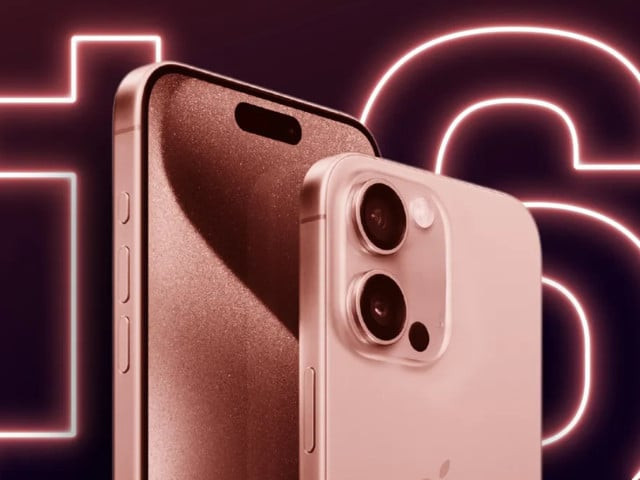Apple's AI-powered iPhone 16: Innovation or following the trend?
The new iPhone 16 and iPhone 16 Pro series are set to be launched on September 9 at Apple’s Glowtime event.

At Apple’s Glowtime event on Monday, September 9, Tim Cook and his team are set to unveil the new iPhone 16 and iPhone 16 Pro series. This launch will also showcase their vision of generative artificial intelligence to the world. However, what if Apple made a bold decision to sidestep the AI trend entirely?
In October 2023, Google introduced the Pixel and Pixel 8 Pro, branding them as “the first AI smartphones.” The smartphone market has since followed Google's lead, with every major launch highlighting the use of Generative AI to create new content, from summarizing articles to generating images from scratch.
Apple is now following in Android’s footsteps.
It’s not unusual for Apple to adopt trends later—its delayed entry into Augmented Reality is a recent example, along with the later adoption of features like wireless charging, third-party app installations, and even the basic cut and paste functionality for text. Apple tends to present these features as being uniquely implemented “in a way that only Apple can,” often with distinctive branding like AirPower or Spatial Video. Generative AI now joins this list, with the brand name Apple Intelligence, a term that’s been somewhat awkwardly backronymed.
Despite the magical branding, Apple’s approach to artificial intelligence looks very similar to what Android and Google’s partners are offering. This includes capabilities like rewriting text in various styles, summarizing text and notifications, and generating new images and videos. While there may be subtle differences in how Apple implements these features—most likely in the user interface and presentation—the company is treading a path that its competitors have been on for months.
However, the risks associated with generative AI are becoming increasingly evident. As smartphones integrate AI more closely into everyday use, these dangers are becoming more apparent. Researchers are actively studying and identifying real-world issues; for instance, the paper "Generative AI Misuse: A Taxonomy of Tactics and Insights from Real-World Data," which includes contributions from Google DeepMind, Google.org, and Jigsaw, highlights the potential threats. The abstract notes that “through this analysis, we illuminate key and novel patterns in misuse during this time period, including potential motivations, strategies, and how attackers leverage and abuse system capabilities across modalities (e.g. image, text, audio, video) in the wild."



















COMMENTS
Comments are moderated and generally will be posted if they are on-topic and not abusive.
For more information, please see our Comments FAQ